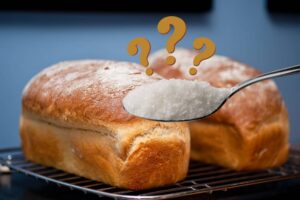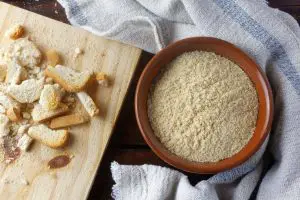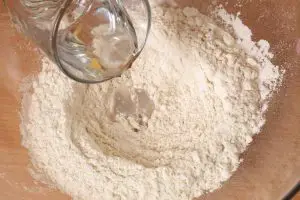When we think of France, we think of romance, we think of glamour, we think of stunning architecture, and of course, we think of fine cuisine.
French food is, without question, some of the finest cuisine in the entire world. The French certainly know their way around a kitchen, and, as you may know, around a bakery too. There’s just something about French bakeries that can’t be replicated anywhere else in the world, and when you taste their bread, you’ll know exactly why that is.
French bread tastes like no other bread in the world, and while it is such a simple creation on paper, in practice, it tastes divine. But why is that? Well, a great deal of it has to do with a preparation method known as Bassinage.
Want to learn more about the Bassinage method in bread making? Great, you’ve come to the right place.
What is Bassinage in bread making?
The Bassinage method is a technique used by French bakers whereby water is gradually added to the bread dough to make it firmer and give a finer crumb to the overall finish.
Eau de Bassinage translates to ‘water that is bathed, moistened, or added’.
Basically, the initial bread dough is made stiffer by not adding all of the water to the dough at once as some is held back. This makes the dough stiffer and firmer. The water is then added once the gluten has developed in the bread.
This enables the dough to absorb and retain more water and gives the finished bread a much more open crumb, making for a light and airy bread.
The water is usually added once most of the kneading has taken place.
So, how much water should be added?
In truth there is no definite amount for how much water should be added when baking bread via the Bassinage method because it all depends on how much bread you’re making and which recipe you happen to be following.
The key however, is getting your ratios right. You see, if you hold back too much water and fail to add enough, the bread will be dry, dense, and hard because the gluten protein strands can become brittle and damaged.
On the flipside, if you add too much water and the dough will become too sticky and the bread will again become dense and will fail to rise.
A good rule of thumb when using this method, though, is to hold back 5 – 8% of the water required for the recipe. So, as an example, if your bread recipe calls for 600g of water, you will hold back around 30g of water, so would add 570g in the first phase.
Using Bassinage for breads with a short rise
If your bread recipe has a short rise, in that the fermentation process takes less than 4 hours in total, you should use the Bassinage towards the end of the mixing process.
To begin with, take out 5 – 8% of the water the recipe calls for and set it aside in a clean bowl, jug, or suitable vessel.
Next up, knead the dough as much as your recipe requires and once finished, place the dough back into a suitable bowl and add the water you set aside. Now, fold the water into the dough until it is fully incorporated as much as possible.
Finish off by tipping the dough onto a floured work surface and continue kneading until all of the water has been absorbed by the dough.
You can also use a mixer by adding the water towards the end of the mix and mixing slowly for a couple of minutes.






